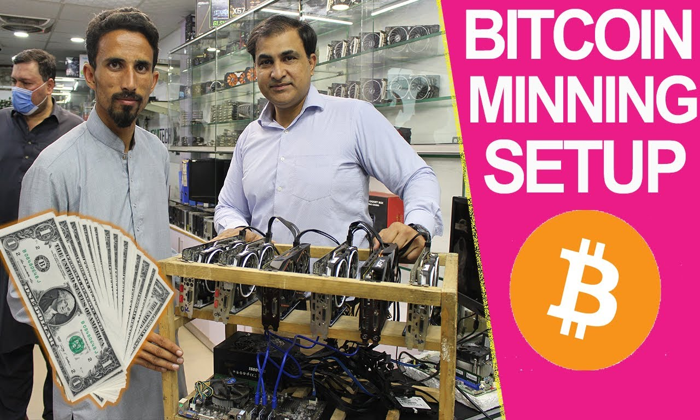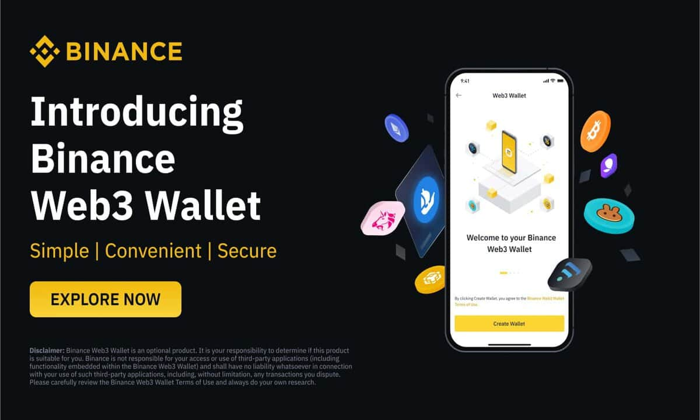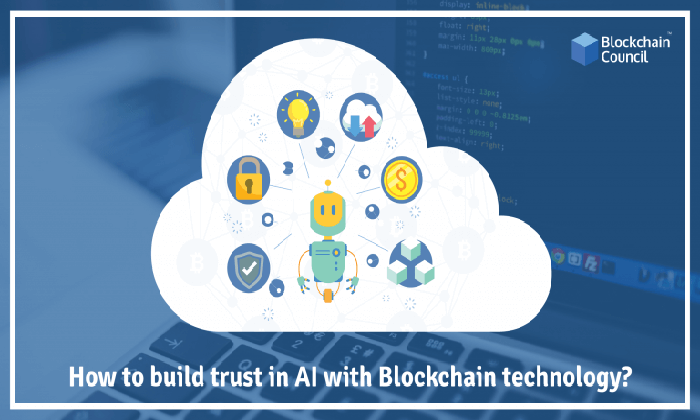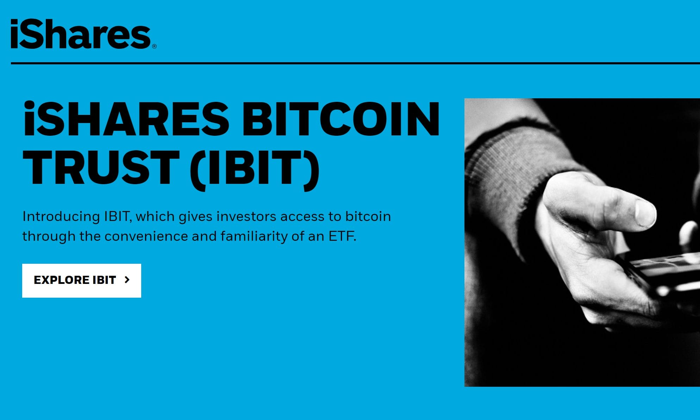Asset tokenization is rapidly transforming the landscape of finance, offering innovative methods to enhance digital value transfer. In a groundbreaking initiative, CME Group has partnered with Google Cloud to explore the potential of asset tokenization within a robust blockchain technology framework. This collaboration aims to optimize wholesale payment processes, ensuring secure and efficient transactions across numerous applications including collateral management and settlement. By leveraging the Google Cloud Universal Ledger (GCUL), a specialized permissioned blockchain infrastructure, this pilot program underscores the growing importance of modernizing financial market structures. With successful integration and testing already completed, market participants can look forward to significant advancements in digital transfers and operational efficiency by 2026.
Exploring the concept of asset digitization brings to light alternative terms such as digital asset management and token-based financial systems. This innovative approach not only facilitates the digital ownership of various assets but also integrates seamlessly with existing financial practices through advanced blockchain networks. The initiative led by CME Group and Google Cloud represents a significant shift towards enhancing operational efficiencies through programmable ledgers. By focusing on updates to the underlying financial market structure, these advancements could lead to more streamlined processes for institutions looking to engage in secure digital transactions. As this trend solidifies, it opens up new pathways for businesses to adopt technologies that foster innovation and drive growth.
Understanding Asset Tokenization and Its Benefits
Asset tokenization is the process of converting ownership of real-world assets into digital tokens that can be managed on a blockchain. This innovative approach dramatically increases the liquidity of assets by enabling fractional ownership. Individuals or institutions can hold a percentage of an asset rather than needing to purchase it wholly, broadening access to investment opportunities that were previously limited to affluent investors. This not only democratizes investment but also enhances market efficiency by simplifying transactions and reducing the barriers to entry in financial markets.
Through partnerships like that of CME Group and Google Cloud, asset tokenization can redefine the operational landscape in finance. The integration of blockchain technology facilitates not only the secure transfer of these digital tokens but also provides a transparent and immutable record of ownership. As a result, processes such as collateral management and settlement can become significantly streamlined, allowing for real-time transactions that can take place 24/7, aligning with the demands of today’s fast-paced market.
The Role of Blockchain Technology in Financial Markets
Blockchain technology serves as the backbone for innovative financial solutions, allowing for secure and decentralized systems of record that enhance trust among participants. In the context of the CME Group’s pilot program, blockchain will enable more efficient wholesale payment processes and digital transfers. Importantly, by leveraging Google Cloud’s Universal Ledger, financial institutions can harness the advantages of a permissioned blockchain, ensuring that sensitive transactions are only visible to authorized entities.
Furthermore, the utilization of blockchain technology aligns with ongoing discussions around financial market structure and the need for legislative clarity. As governments push for regulations that support technological advancements in finance, tools developed through blockchain will likely serve as foundational elements for future market innovations. This partnership indicates a proactive approach in responding to federal calls for modernization in financial dealings, demonstrating how such collaborations can lead to a more functional and secure financial ecosystem.
Exploring Google Cloud Universal Ledger (GCUL) Features
The Google Cloud Universal Ledger (GCUL) is designed with institutional finance in mind, offering a robust platform for executing complex transactions securely. Unlike public blockchains, GCUL provides a permissioned environment that caters to the nuances of financial services, allowing firms to maintain control over their data while benefiting from blockchain technology’s inherent advantages. This makes it an attractive option for entities looking to digitize their assets without compromising security.
One of the standout features of GCUL is its capability for programmable transfers, which can revolutionize how financial institutions handle their workflow. With programmable transactions, institutions can automate processes such as margining and settlement, minimizing human error and operational risk. As the pilot program progresses, it will be interesting to observe how these features are implemented in real-world scenarios, potentially leading to the evolution of automated trading and asset management practices.
CME Group’s Vision for the Future of Financial Operations
CME Group’s collaboration with Google Cloud to explore asset tokenization marks a significant step toward reshaping financial operations. As Terry Duffy, CEO of CME Group, articulated, this initiative is closely aligned with current federal directives aimed at enhancing the financial market structure. By paving the way for innovative solutions in digital value transfers, CME Group signifies its commitment to leading the charge in modernizing finance through strategic technology partnerships.
In unveiling the first phase of the pilot program, CME Group aims to assess the effectiveness of the Universal Ledger in facilitating efficient transactions in various applications. The potential for 24/7 operations highlights the increasing necessity for financial institutions to adapt to the demands of a digital economy that operates round the clock. With plans to test GCUL with market participants later this year and a target launch for 2026, the industry eagerly anticipates the implications of CME Group’s advancements in streamlining wholesale payment processes.
The Impact of Technology Partnerships on Capital Markets
Partnerships between technology firms and financial institutions, such as the collaboration between CME Group and Google Cloud, underscore the important role of innovation in reshaping capital markets. Such alliances create synergies that combine the institutional knowledge of established finance players with cutting-edge technology expertise. As financial markets increasingly embrace technological solutions, companies must leverage these partnerships to stay competitive and responsive to emerging market demands.
CME Group’s initiative not only demonstrates a proactive approach to evolving market practices but also acts as a catalyst for the broader financial industry. By exploring practical applications of blockchain through GCUL, other financial entities may feel encouraged to adopt similar technologies, thereby fostering a wave of innovation that could enhance operational efficiency and improve the overall financial ecosystem. Witnessing this transformation will be crucial as the industry learns to navigate the complexities of modern finance.
Facilitating Digital Transfers through Innovative Solutions
Digital transfers are becoming increasingly prevalent in today’s financial landscape, particularly with the advent of blockchain technology. CME Group’s pilot program with Google Cloud exemplifies how to leverage digital advances to streamline transactions across various applications, ensuring speed and security. As the demand for instant processing and reduced transaction times grows, innovative solutions like GCUL will likely become essential to facilitate modern payment systems.
By implementing blockchain-based digital transfers, financial institutions can expect to see significant reductions in operational costs while increasing transaction reliability. With programmable transfers integrated into financial workflows, parties can minimize delays traditionally associated with settlement processes, providing a competitive edge in fast-moving markets. This streamlined approach aligns with the need for responsive solutions in a digital-first economy.
Building a Modern Financial Market Structure
In light of legislative calls for modernizing the financial market structure, CME Group’s collaboration with Google Cloud is a strategic move toward achieving a more efficient and innovative financial environment. The evolving landscape necessitates a reassessment of existing frameworks to accommodate the new technologies reshaping how transactions are conducted. By focusing on solutions that promise transparency and efficiency, CME Group positions itself as a leader in advocating for a progressive approach in the financial sector.
As the pilot program unfolds, there will be a need for regulatory clarity to ensure that the advancements in technologies like GCUL can be effectively implemented across the industry. This partnership is a proactive response to calls for greater coherence in market structures, and it sets a precedent for future collaborations aimed at harnessing technology to drive positive industry change. Financial institutions must align themselves with such innovations to remain compliant and competitive in a globally connected market.
The Future of Tokenization in Financial Services
Tokenization is set to transform the landscape of financial services, enabling a myriad of applications ranging from digital currencies to asset-backed tokens. As CME Group prepares to launch services related to asset tokenization by 2026, this shift highlights the potential for tokenized assets to enhance liquidity and accessibility in investment markets. The incorporation of blockchain technology into these processes is anticipated to streamline operations, fostering new business models in finance.
While it remains to be seen which specific assets will be targeted in the pilot program, the implications for tokenization are profound. As financial institutions adopt these solutions, they will likely experience improved efficiency and reduced costs in transactions. These enhancements not only benefit the institutions involved but also empower investors by providing them with more opportunities for engagement in diverse asset classes.
Preparing for a 24/7 Financial Ecosystem
As digital markets move away from conventional settlement hours, the need for a 24/7 financial ecosystem is becoming increasingly important. CME Group’s initiative with Google Cloud to test the capabilities of the Universal Ledger is indicative of this shift, promising uninterrupted operations that cater to the demands of a global marketplace. By allowing for constant access to transaction processing, financial institutions can better meet the needs of a diverse user base.
The transformation to a always-on financial ecosystem requires robust infrastructure that can handle the complexities of real-time global transactions. With the permissioned nature of GCUL, banks and financial firms can conduct operations at all hours, facilitating seamless interaction between participants. This evolution not only aligns with current market trends but also prepares institutions for the challenges that will arise as more transactions are conducted digitally, enhancing overall market readiness.
Frequently Asked Questions
What is asset tokenization and how does it relate to blockchain technology?
Asset tokenization involves converting physical or digital assets into blockchain-based tokens, allowing for secured digital transfers and streamlined asset management. Leveraging blockchain technology enhances transparency, security, and efficiency, making it an ideal fit for the evolving financial landscape.
How is CME Group utilizing asset tokenization in its pilot program with Google Cloud?
CME Group’s pilot program, in collaboration with Google Cloud, explores asset tokenization as a means to improve wholesale payment processes. This initiative integrates Google Cloud Universal Ledger, a permissioned blockchain, to facilitate secure digital transfers across financial applications such as margining and settlement.
What role does Google Cloud Universal Ledger play in asset tokenization?
The Google Cloud Universal Ledger serves as a programmable and permissioned blockchain infrastructure tailored for institutional finance. It allows for effective asset tokenization, enabling companies like CME Group to conduct secure digital transfers while simplifying account and asset management in capital markets.
How does the partnership between CME Group and Google Cloud address financial market structure challenges?
The partnership aims to modernize financial market structure by leveraging asset tokenization through blockchain technology. This initiative seeks to provide clarity in legislative frameworks and enhance operational efficiencies, as emphasized by CME Group Chairman Terry Duffy in the context of current federal requests.
When will services related to asset tokenization be launched from the CME Group and Google Cloud pilot?
CME Group and Google Cloud plan to begin direct testing of their tokenization platform with market participants later this year, with an anticipated launch for related services in 2026, as they continue to refine the use of asset tokenization in wholesale payment processes.
What benefits does blockchain technology offer for digital transfers in the context of asset tokenization?
Blockchain technology provides a secure and transparent method for digital transfers, essential for asset tokenization. It enables 24/7 operations and reduces settlement times, which are critical as digital markets grow beyond traditional hours, thereby improving efficiency in financial services.
Can asset tokenization facilitate collateral management and margining processes?
Yes, asset tokenization significantly enhances collateral management and margining processes by enabling real-time digital transfers and improved tracking of assets. This results in reduced counterparty risk and greater liquidity in the financial markets.
What types of assets are targets for tokenization in CME Group’s pilot program?
While specific asset types targeted in CME Group’s pilot program have not been disclosed, the initiative focuses on proving the concept of asset tokenization. It aims to include various applications related to financial transactions and operational efficiencies within the capital markets.
| Key Point | Details |
|---|---|
| Partnership Launch | CME Group and Google Cloud have launched a pilot program to explore asset tokenization and blockchain technology. |
| Integration and Testing | The first phase of integration for Google Cloud Universal Ledger (GCUL) has been completed. |
| Purpose of the Pilot | To assess the efficiency and security of digital transfers in collateral management, margining, settlement, and fee payments. |
| Regulatory Alignment | The initiative supports federal calls for clarity in the financial market structure and aims to modernize CME’s infrastructure. |
| 24/7 Operations | The Universal Ledger architecture is tailored to facilitate round-the-clock financial operations. |
| Direct Market Testing | Direct testing with market participants is scheduled to begin later this year. |
| Future Launch Date | Expected to launch asset tokenization services in 2026. |
| Nature of Tokens | Details regarding the specific types of tokens or assets involved were not disclosed. |
| Distributed Ledger | Google Cloud’s Universal Ledger is a programmable, private, and permissioned distributed ledger. |
| Operational Goals | The collaboration aims to streamline financial operations and reduce complexities in capital markets. |
Summary
Asset tokenization is being explored through the new pilot program launched by CME Group in partnership with Google Cloud. This collaboration is set to transform the financial landscape by leveraging blockchain technology for efficient and secure digital asset transfers. As the pilot program advances into testing phases, it highlights the commitment of both organizations toward establishing modernized, 24/7 operational capabilities in the finance sector. With a planned launch of tokenization services in 2026, this initiative showcases how innovation in the financial market can align with regulatory pushes for clearer structures. Overall, the pilot signifies a crucial step in the evolution of asset tokenization and the ongoing modernization of financial processes.
Asset tokenization is rapidly revolutionizing the financial landscape by leveraging blockchain technology to enhance the efficiency and security of digital transfers. Recently, CME Group, in collaboration with Google Cloud, announced a pilot program aimed at exploring this innovative approach. This initiative will harness the power of the Google Cloud Universal Ledger (GCUL), a permissioned blockchain infrastructure tailored for institutional finance. With the completion of initial phases of integration, the program will delve into streamlining processes such as collateral management and settlement, aligning with the evolving financial market structure. As this cutting-edge partnership unfolds, it promises to significantly transform how assets are managed and traded in a digital-first economy.
In recent years, the practice of asset digitization has emerged as a game-changing method for managing traditional investments through modern technological frameworks. Partnerships like that of CME Group and Google Cloud highlight the growing trend of utilizing advanced blockchain infrastructures, such as permissioned ledgers, to facilitate seamless transactions. These innovations not only optimize the financial operations but also pave the way for enhanced security and efficiency in the oversight of asset transfers across various platforms. As the finance sector continues to evolve, the exploration of programmable solutions becomes increasingly essential for adapting to new digital environments. This evolution reflects a broader commitment to refining financial processes and responding to legislative demands for a modern market infrastructure.















